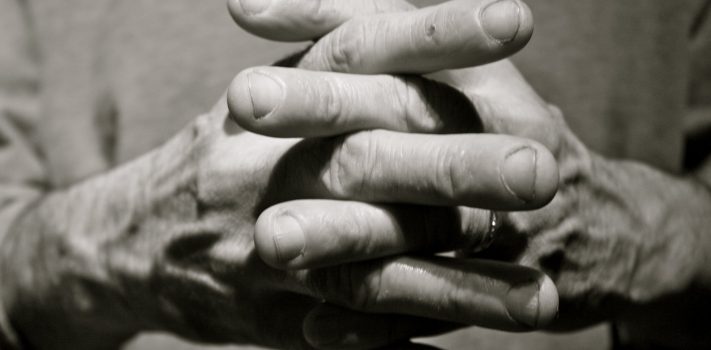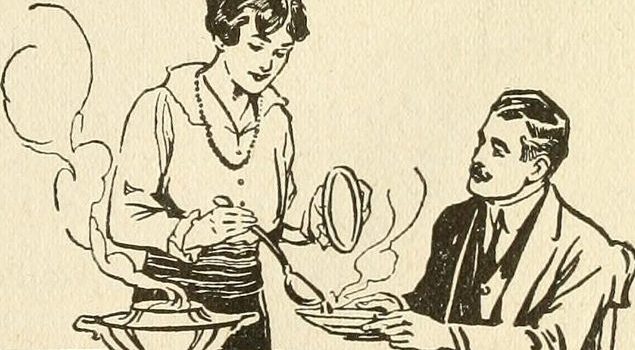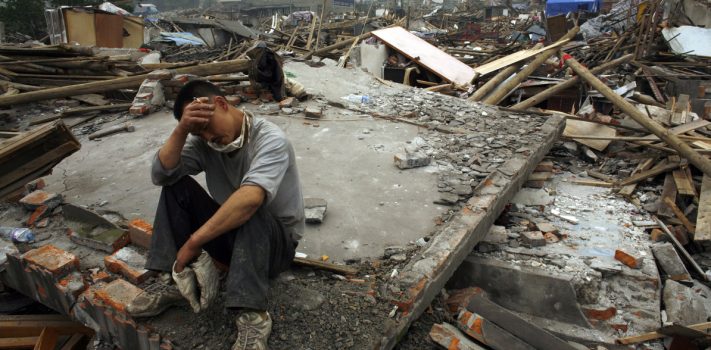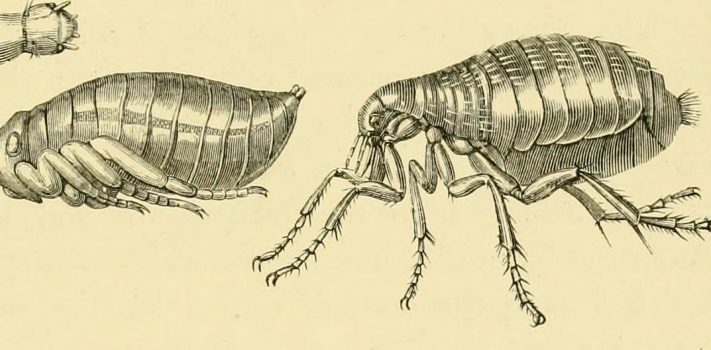Hands-On Healing – Part 1, by Dr. Derek King, DC
In this four-part article, I will describe some gentle hands-on healing and mental/emotional trauma-release techniques that you can use on your loved ones. When the SHTF, the most important issues, long-term, will be: How do you handle your stress? As a practicing Holistic Chiropractor in private practice for the past 32 years, I have learned many techniques and methods; a few of which can be utilized by you. No, you cannot call yourself a chiropractor and no, you cannot be adjusting vertebrae without a license…so let’s not even go there. However, do you know what the original meaning of the …








